Current Success Stories
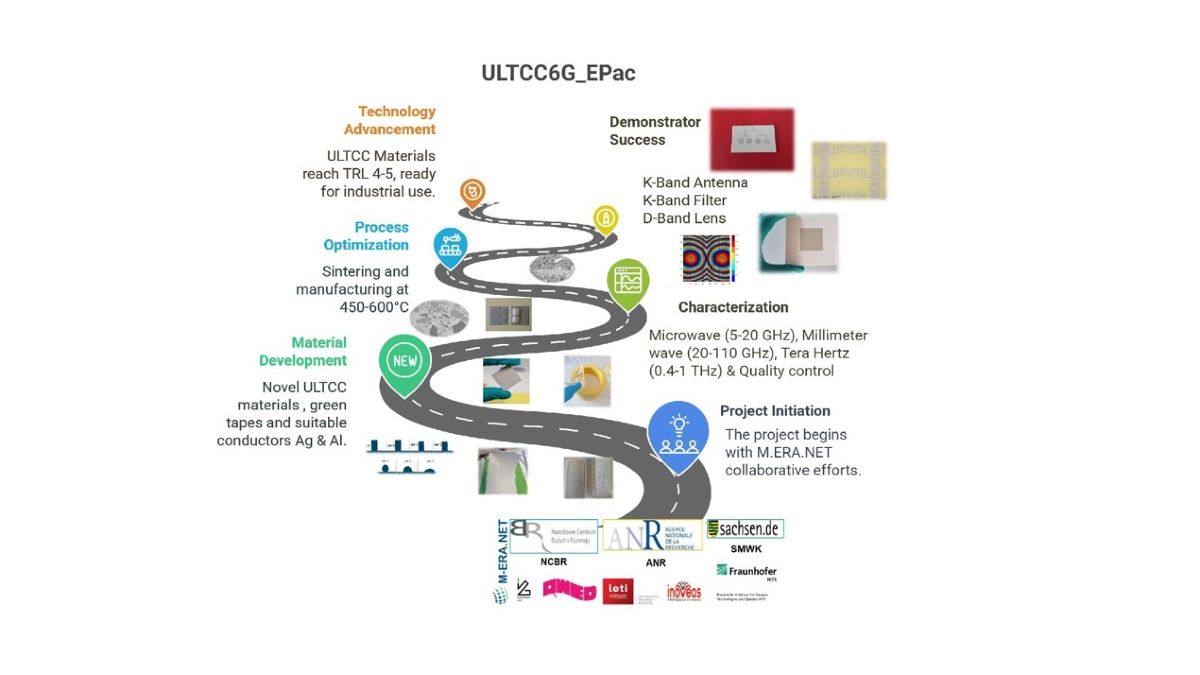
ULTCC6G_EPac
The ULTCC6G_Epac project has achieved groundbreaking advancements in the development and validation of Ultra-Low Temperature Co-fired Ceramic (ULTCC) materials, paving the way for next-generation microwave and millimeter-wave applications.
Through a collaborative effort involving leading research institutions and industry partners, the project has successfully progressed ULTCC materials to Technology Readiness Level 4-5, demonstrating their potential in real-world scenarios.
more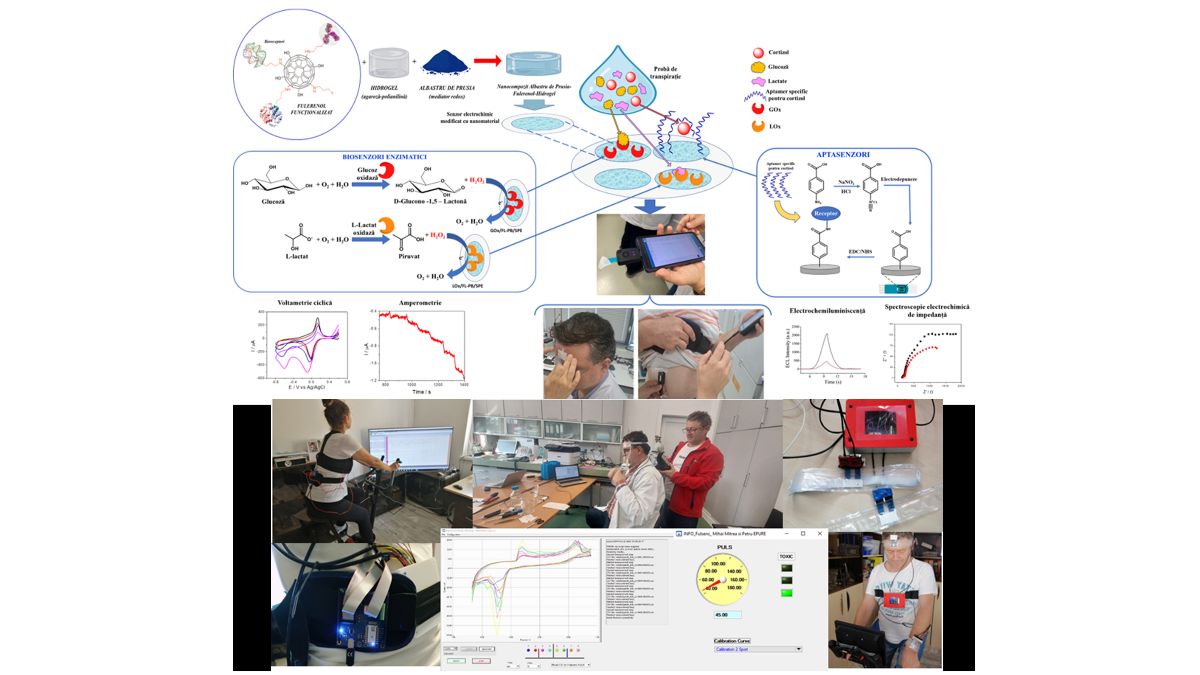
FULSENS-GEL
The M-ERA.NET FULSENS-GEL project aimed to develop an innovative nanocomposite material, based on the combination of elastic, resistant and flexible hydrogels with functionalized Fullerenol (FL)-based nanomaterials, thus obtaining new conductive hydrogels, with tunable network structures, active surface and improved electrochemical, mechanical and optical properties.
more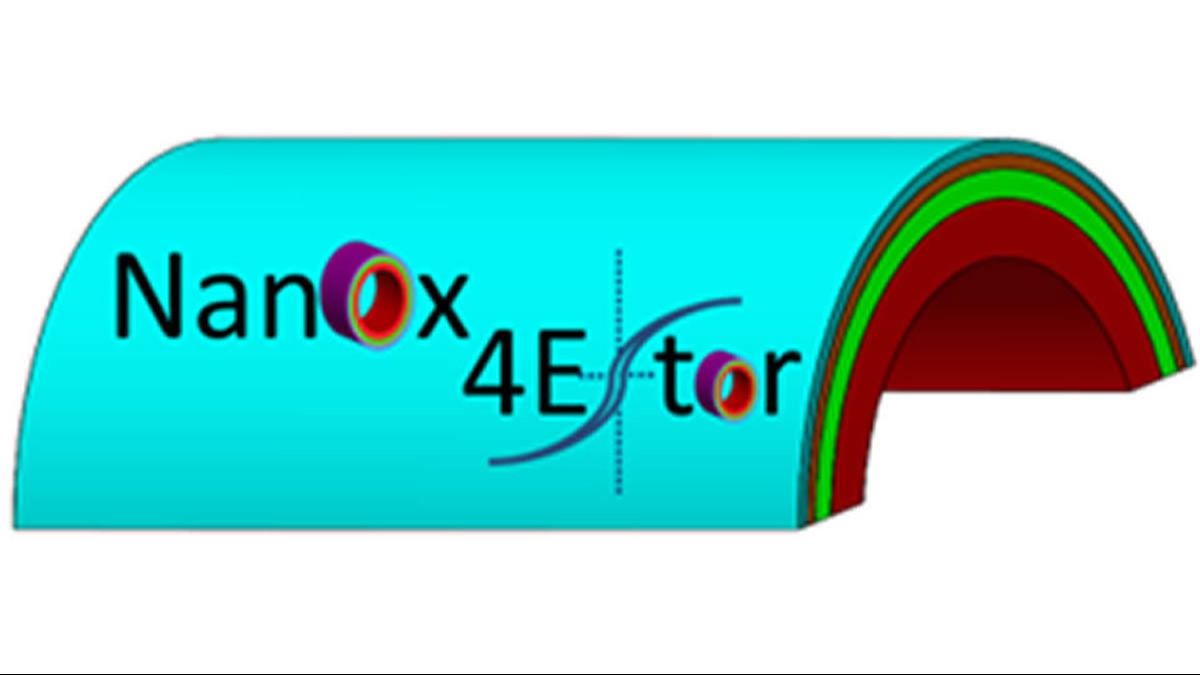
NanOx4Estor
The NanOx4EStor project (Nanoscaled Ferroelectric (Pseudo)-Binary Oxide Thin Film Supercapacitors for Flexible and Ultrafast Pulsed Power Electronics) aims to develop innovative, cost-effective, high-throughput methods for fabricating advanced dielectric capacitors.
These capacitors, based on wake-up-free (pseudo-)binary oxide thin films, are produced through physical vapor deposition (PVD) processes and optimized for superior ferroelectric and energy storage (ES) properties using (i) strain, (ii) interface, and (iii) dead-layer engineering techniques.
more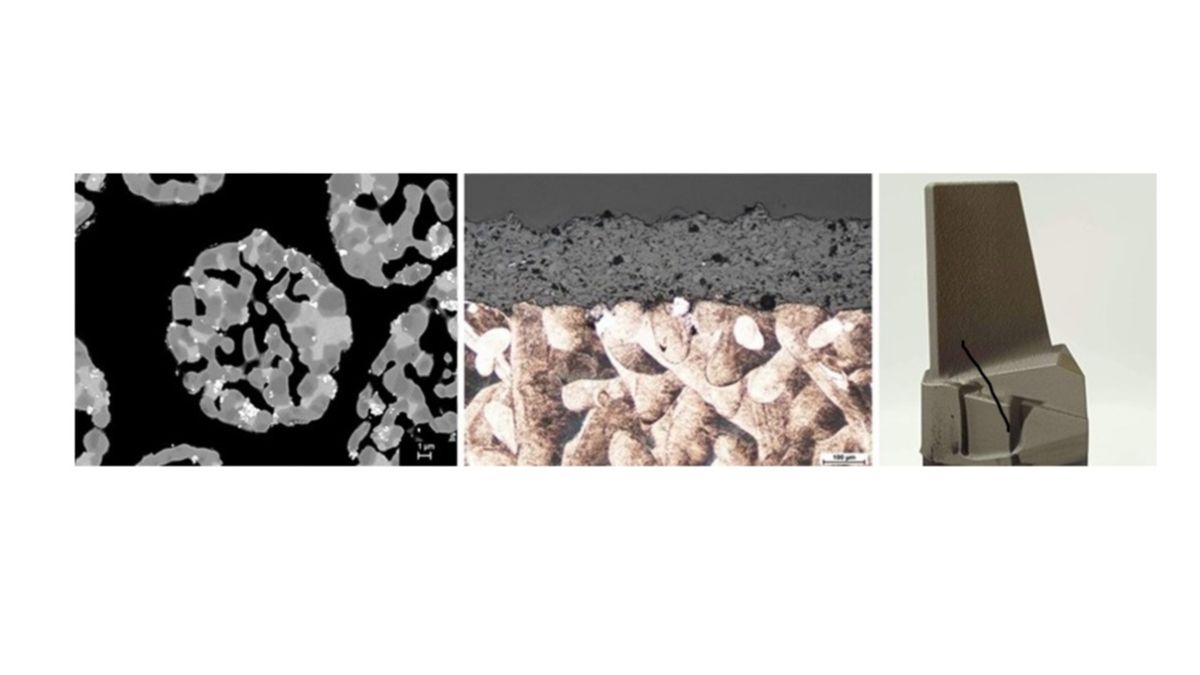
DePriSS
The DePriSS project focused on combining advanced 3D printing and thermal spraying technologies to develop components with improved wear and fatigue resistance under dynamic and cyclic loads. By integrating these two additive manufacturing methods, the project aimed to overcome traditional manufacturing limitations and achieve superior surface properties for high-tech applications. Within the project duration, several specific achievements were reached.
more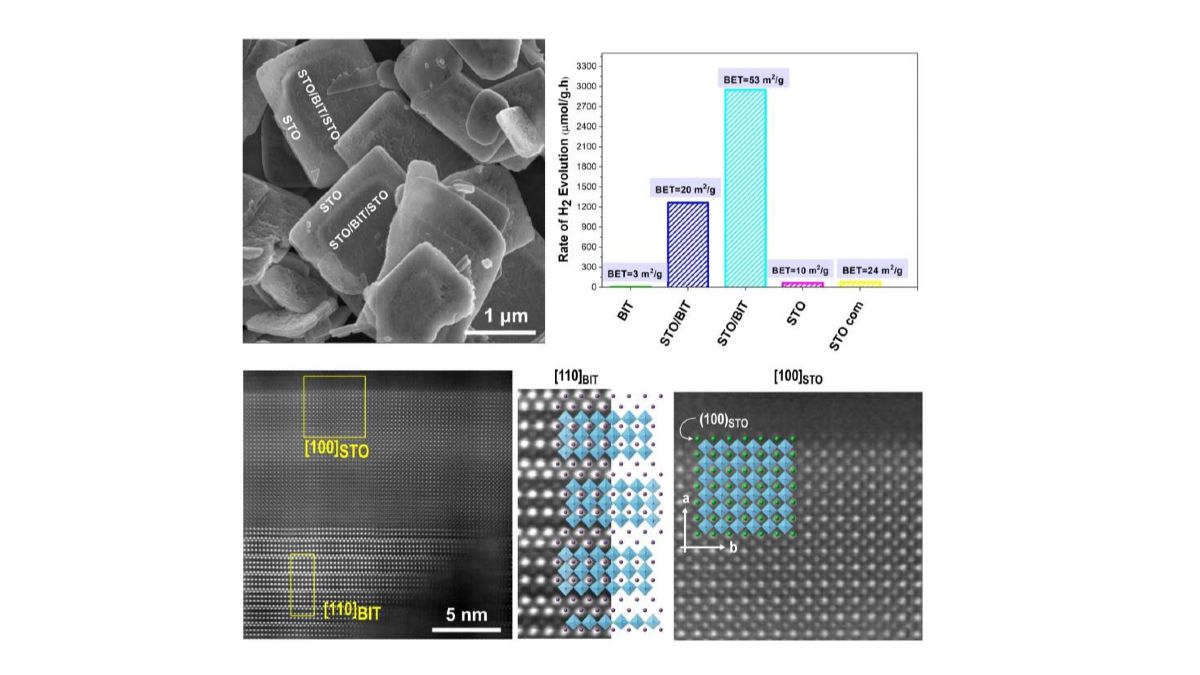
SunToChem
The main aim of the SunToChem project was to design new efficient H2-evolution photocatalysts. The engineering of the photocatalysts was performed based on an in-depth understanding of nucleation-crystallization phenomena and supported by density functional theory (DFT) calculations. The research was focused on perovskite titanates, particularly on two-dimensional (2D) SrTiO3/Bi4Ti3O12 nanoheterostructures, 2D SrTiO3 nanoplatelets, SrTiO3 cube-like particles with different types of exposed facets and Al-doped SrTiO3 particles.
more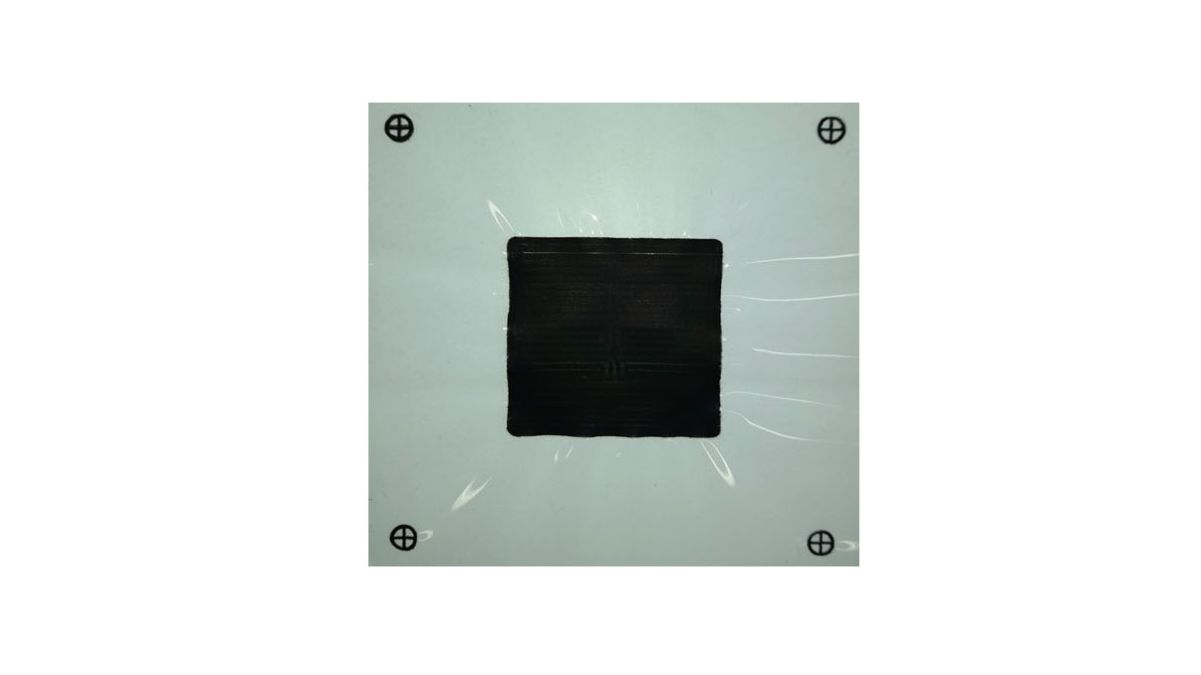
IMMENSE
The project is focusing on the material development for inkjet printing of catalytic layers directly on top of a membrane. The aim is to generate catalyst coated membranes (CCM) for use in fuel cells for automotive applications. We are working on the project since 7 months. There was no showstopper yet. Our specific success at this point of time is to work according to the project plan. The achievements so far are: first ingredients of the catalyst ink has been generated, catalyst layers based on existing ink have been manufactured.
more
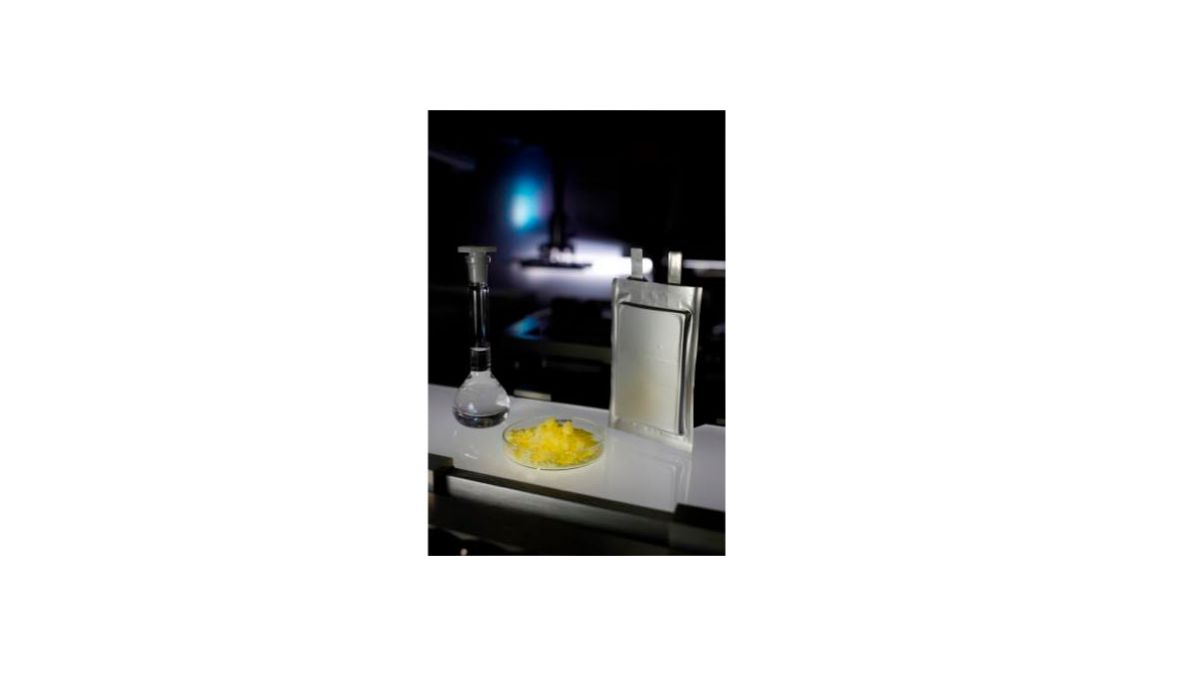
SLIM-FIT
Main objective of "SLIM-FIT" is to establish an advanced battery cell design based on innovative, interpenetrating electrode and separator coatings aiming for stable and safe Lithium-Sulfur (Li-S) batteries for mobile applications. The concept uses a widely un-explored regime of "slim" electrode dimensions (10 µm – 20 µm thickness compared to 80 µm - 100 µm in state-of-the-art battery cells), specifically "fitted" to the requirements of high performance Li-S technology. Aim is to demonstrate the new concept in prototype Lithium-Sulfur battery cells in an application-relevant evaluation.
more
DURACER
The DURACER project developed ceramic tool composites based on alumina reinforced with super-hard cubic boron nitride (cBN) particles. The composites, in accordance with the project assumptions, were obtained using the Spark Plasma Sintering method. The main challenge was the metastability of cBN under SPS conditions. At high temperatures, cBN transforms into a hexagonal, graphite-like form and therefore ultra-high pressure must also be ensured during its sintering to avoid cBN-->hBN transition.
more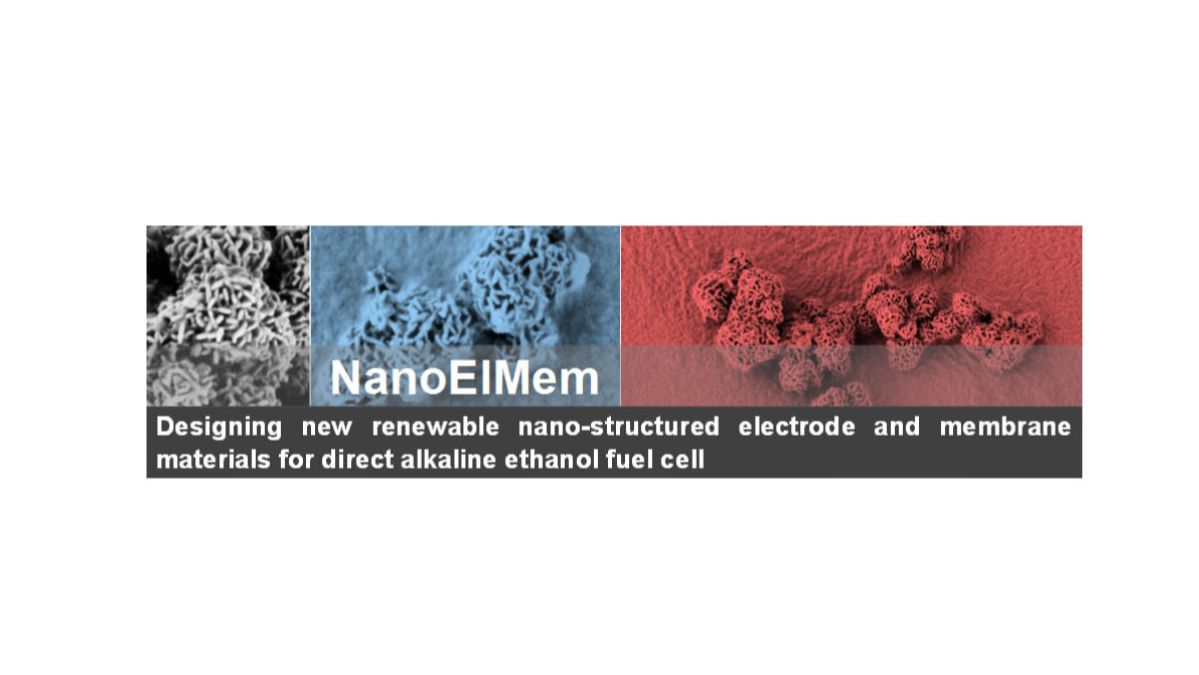
NanoElMem
The NanoElMem project presents an innovative approach towards the design and fabrication of materials for the creation of direct alkaline ethanol fuel cells (DAEFC). Emphasis was put on the development of platinum (Pt)-free anode catalysts and nano-composite membranes, where environmentally friendly and sustainable polysaccharides and inorganic materials were employed. The vast potential of graphene, from a scientific and applied point of view, was harnessed as an active component in polysaccharide-based nanocomposite membranes.
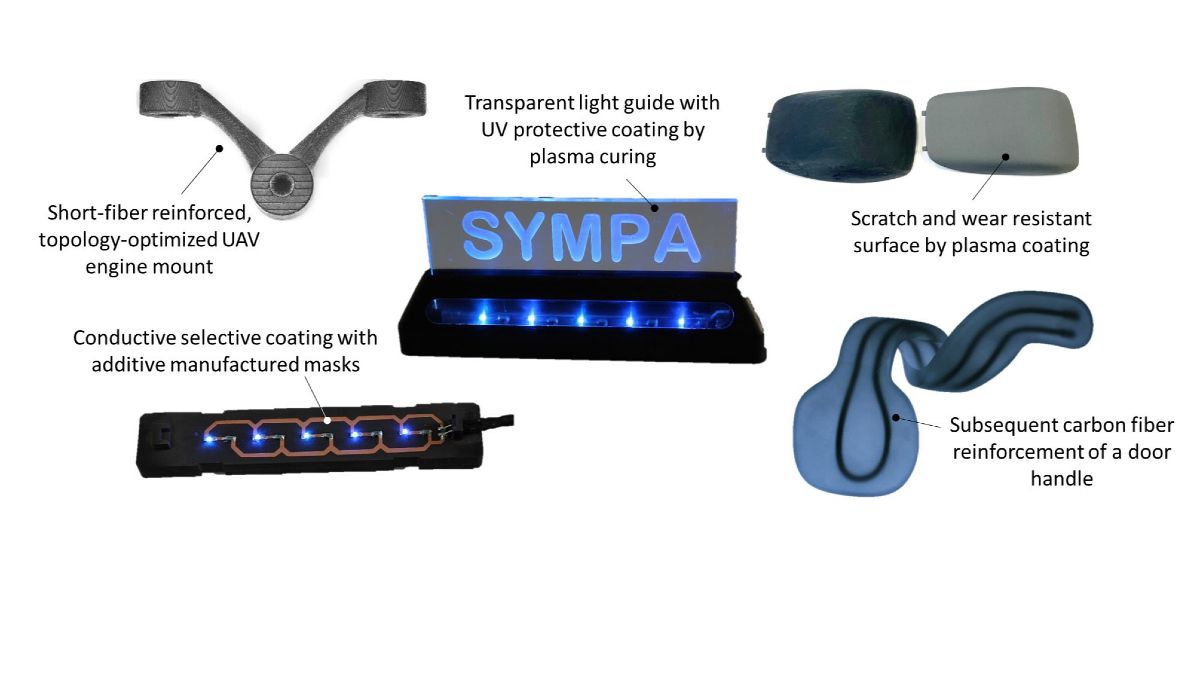
SYMPA
Stereolithography is an additive manufacturing method, which enables high-precision processing of thermoset resins, mostly acrylate- or epoxy-based photopolymers. Material consumption is comparable low because the unused resins can be re-used and even transparent components can be manufactured. However, mechanical properties and long-term stability of such components are rather low, hindering their use for durable automotive applications.
Success Stories published in Booklet 1 and Booklet 2
Integrated Computational Materials Engineering (ICME)
COR_ID - Design of corrosion resistant coatings targeted for versatile applications
Materials for Sustainable and Affordable Low Carbon Energy Technologies
PiezoMEMS - Piezoelectric MEMS for efficient energy harvesting
MOC@SUPCAP - Design of new metallic oxide-carbon hybrid composites for supercapacitors electrodes
CCSRender - Energy efficient nano-modified renders with CO2-storage potential
NEXMAG - New Exchange-Coupled Manganese-Based Magnetic Materials
Materials for Sustainable and Affordable Low Carbon Energy Technologies
NANOCOATIL - High performance nanostructured coatings using ionic liquids based on choline chloride
INTCERSEN - Integrated sensors with microfluidic features using LTCC technology
NanoGraM - Graphene Fabrication, Integration and Metrology for Nanoelectromechanical Systems
ENPIEZO - Enabling technology for high-quality piezoMEMS
SurfLenses - Surface modifications to control drug release from therapeutic ophthalmic lenses
NESSIE - New Structured Substrates for Downstream Processing of Complex Biopharmaceuticals
Functional Materials Focusing on Sensors
Materials for Health Applications
Materials for Additive Manufacturing
High Performance Composites / Biobased Performance Material
MACOSYS- Magnetically active anisotropic composite systems
VOCSENSOR - Hybrid Materials for Low Cost Volatile Organic Compound Sensor system
CAPDESIGN - Encapsulation of polymeric healing agents in self-healing concrete: Capsule design
GRACE - Graphene-ceramic nanocomposites for tribological application in aqueous environments
